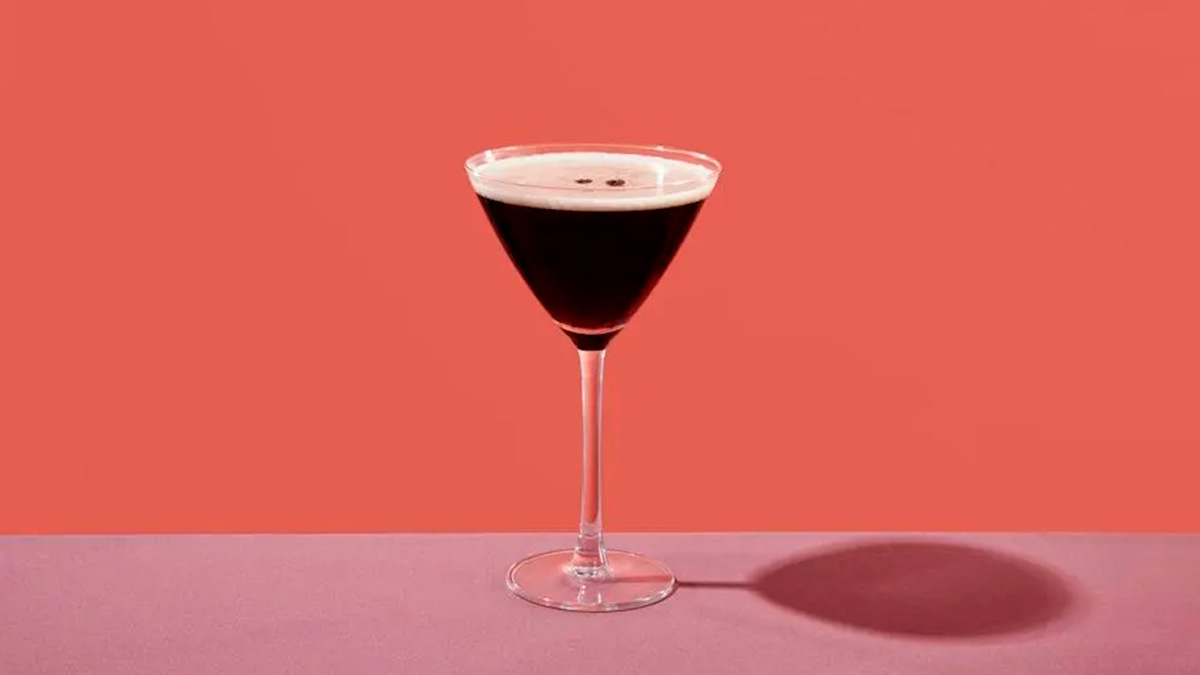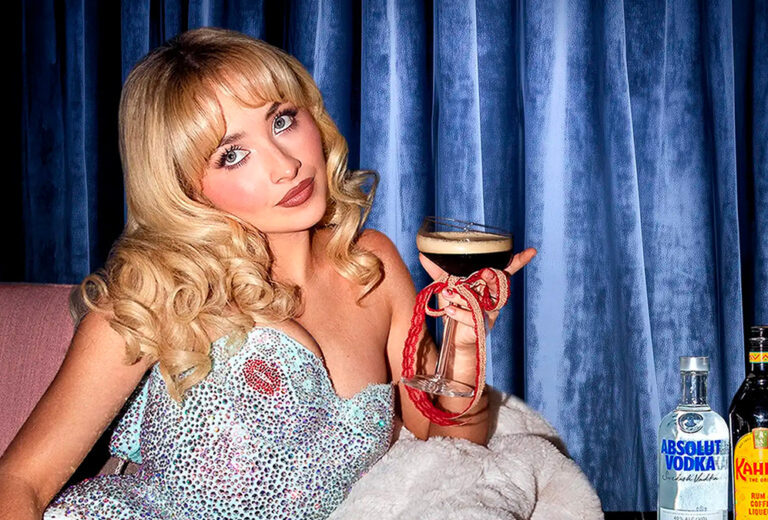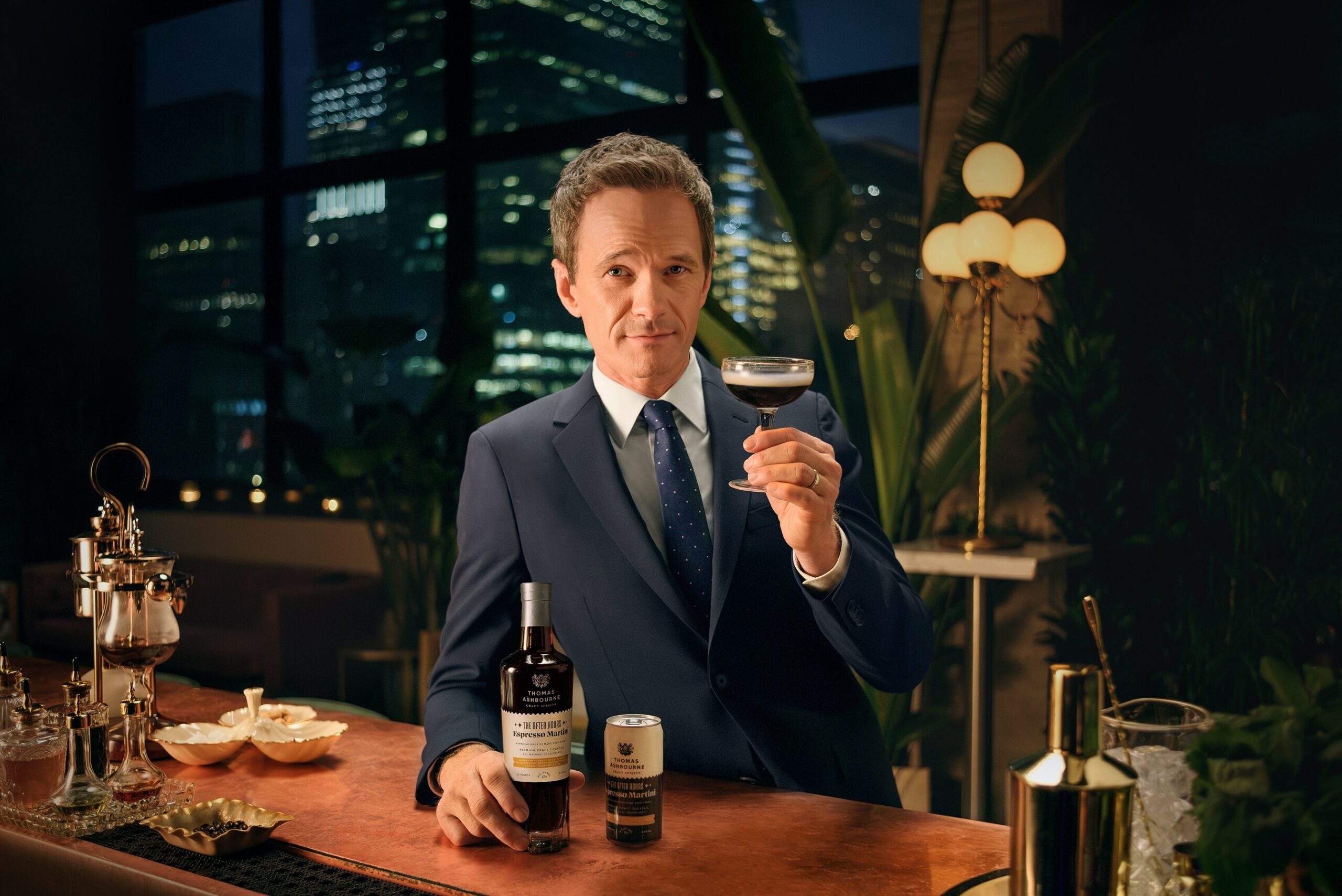Click here to read the Spanish version.
The Espresso Martini could have become the liquid portrait of our generation. In the fashionable expression synchronized with contemporary freneticism and the latent culture of mixology, which has experienced an abysmal leap from the niche sphere to the core of the mainstream over the last decade.
The success and ubiquity of this sophisticated cocktail is evident, but what are the true origins of the drink of the moment?
It all started in the early 1980s in London’s Soho. There, bartender Dick Bradsell, at the center of the fledgling British cocktail industry, would be plunged into an epiphany of sorts. Combining coffee, vodka and coffee liqueur, he would create the first Espresso Martini in history: an effervescent mixture that would be drunk by the personalities of the time and would shake up the country’s clubber scene.
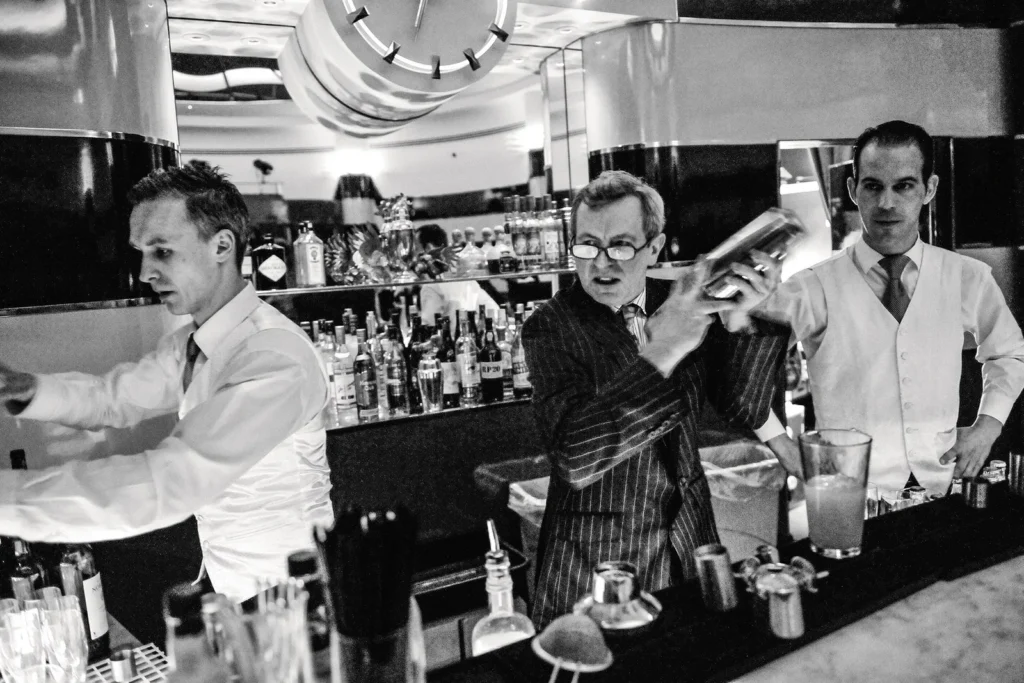
Throughout the nineties, the cocktail began to proliferate among London bars with its infallible mixture of caffeine, alcohol and sugar until it became the emblematic drink of the turn of the millennium consumed by young British artists, Britpop stars or the models and it girls of the moment.
In relation to its origins, somewhat diluted, it is said that Bradsell would prepare it for one of the great supernova models like Naomi Campbell or Kate Moss, who would enter his bar to ask for ‘something to wake her up and then put her in tune’. As in all legends, it is unknown if it was real or not.
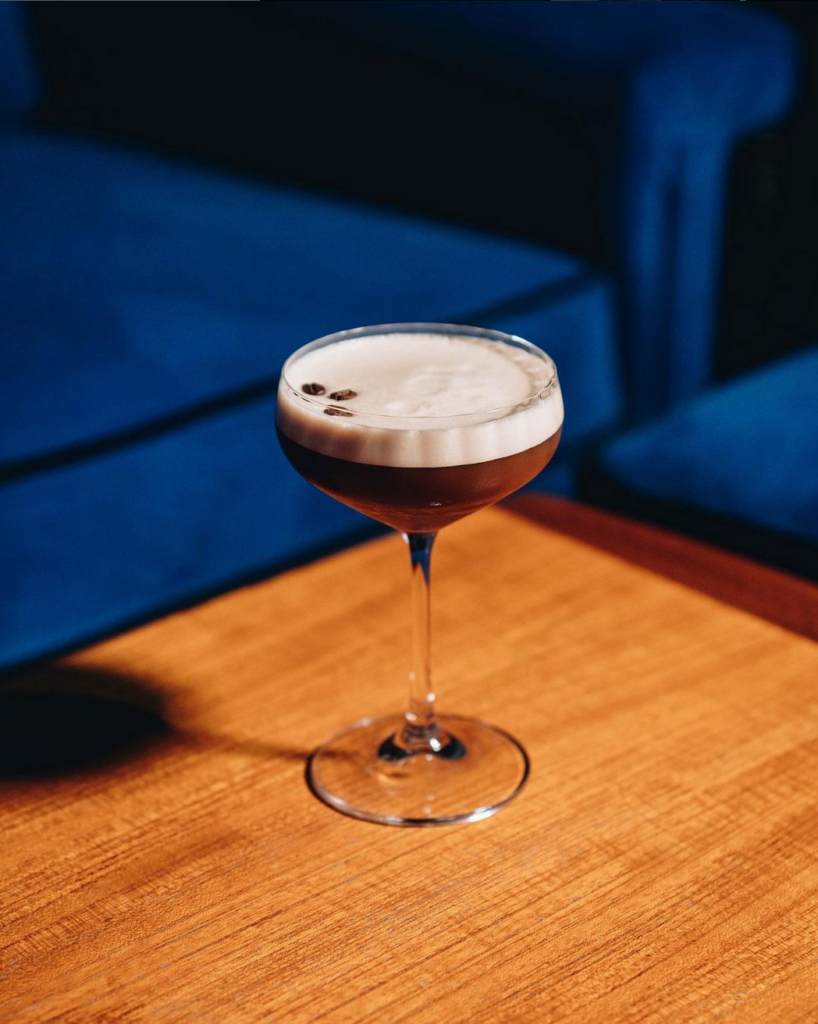
The pandemic was followed by the rebirth of the Espresso Martini. A key moment in which, after the collective repression, consumers began to worship this creation until it became the great liquid macro-trend of our era, crossing the blue light of all the screens of the universe and installing itself on the menus of cocktail bars and bars all over the world. A macrotrend that offers nostalgic people a portal to the past and new generations a sophisticated drink with which to maintain contemporary overstimulation.

